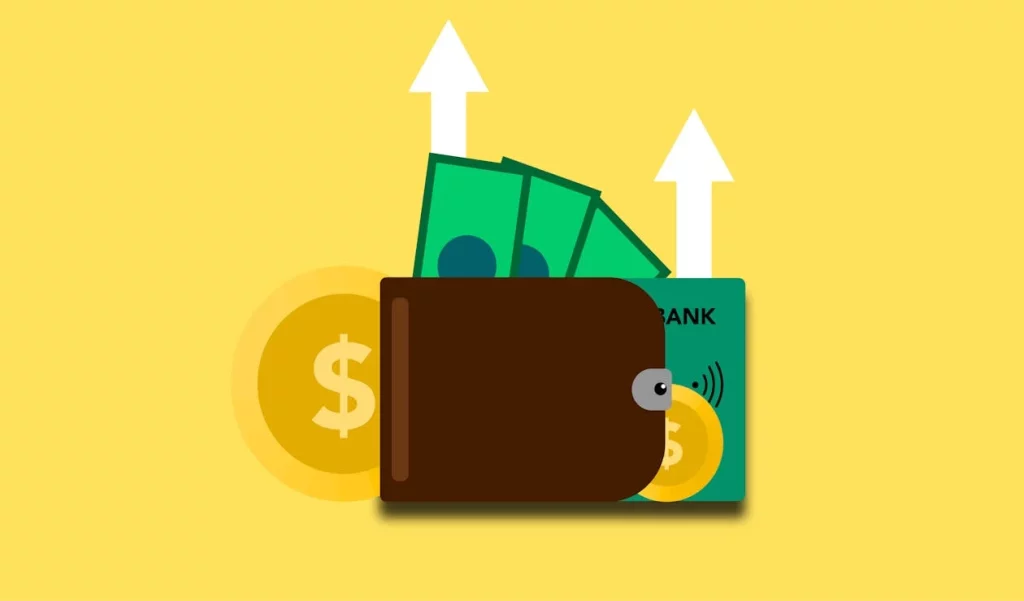Introduction
Understanding the associated costs and fees is crucial when it comes to investing. Investment costs and fees can significantly impact your overall returns and financial success. In this article, we will delve into the various types of investment costs and fees, how they are calculated, and their impact on your investment portfolio.
Types of Investment Costs
Investment costs can be broadly categorized into several types, each affecting your portfolio differently. Here, we will explore the most common types of investment costs and fees you may encounter.
Management Fees
Investment managers charge management fees for managing your portfolio. These fees are typically a percentage of the assets under management (AUM) and can vary significantly between different investment funds. For example, mutual funds and exchange-traded funds (ETFs) often charge an annual management fee.
Performance Fees
Fund managers charge performance fees based on the returns generated by the fund. These fees are usually a percentage of the profits earned and are designed to align the interests of the fund managers with those of the investors. Hedge funds commonly implement performance fees, sometimes referred to as incentive fees.
Transaction Fees
Transaction fees are incurred when buying or selling securities. These fees can include brokerage commissions, trading fees, and other costs associated with executing trades. While some brokers offer zero-commission trades, it’s essential to understand the full spectrum of transaction costs that might apply to your investments.
Calculating Investment Fees
Understanding how investment fees are calculated is key to assessing their impact on your portfolio. Here, we’ll break down the methods used to calculate common investment fees.
Expense Ratio
The expense ratio represents the annual fee that mutual funds or ETFs charge their shareholders. It is expressed as a percentage of the fund’s average net assets and typically includes management fees, administrative costs, and other operational expenses. For example, a mutual fund with an expense ratio of 1% means you’ll pay $10 annually for every $1,000 invested.
Front-End and Back-End Loads
Some mutual funds charge sales fees, known as loads, either when you buy (front-end load) or sell (back-end load) the fund. These fees are usually a percentage of the investment amount and can vary depending on the fund’s structure. It’s important to consider these loads as they can reduce your investment principal or final returns.
Advisory Fees
If you work with a financial advisor, you’ll likely pay advisory fees. These fees can be charged as a flat fee, an hourly rate, or a percentage of the assets under management. Understanding the fee structure of your advisor is essential to ensure that it aligns with your financial goals and investment strategy.
Impact of Investment Costs on Returns
Investment costs and fees can have a significant impact on your overall returns. Even seemingly small fees can compound over time, reducing your portfolio’s growth potential. Here’s how different fees can affect your investments.
Compounding Effect of Fees
The compounding effect of fees refers to how ongoing costs can erode your investment returns over time. For instance, a 1% annual fee might not seem substantial, but over several decades, it can result in a significant reduction in your total returns. This is because the money paid in fees could have been reinvested, generating additional returns.
Comparing Low-Cost vs. High-Cost Investments
When comparing investment options, it’s crucial to consider the cost differences. Low-cost investments, such as index funds and ETFs, typically have lower fees compared to actively managed funds. These cost savings can contribute to higher net returns over the long term.
Fee Transparency and Regulation
Regulations require investment firms to disclose fees clearly, helping investors make informed decisions. It’s important to review the fee structures of your investments and consult with your financial advisor to ensure you understand the full cost implications.
Strategies to Minimize Investment Costs
Reducing investment costs can enhance your overall returns. Here are some strategies to help you minimize the impact of fees on your portfolio.
Opt for Low-Cost Funds
Consider investing in low-cost index funds or ETFs, which typically have lower expense ratios compared to actively managed funds. These funds aim to replicate the performance of a market index, providing broad diversification at a lower cost.
Negotiate Advisory Fees
If you work with a financial advisor, don’t hesitate to negotiate their fees. Many advisors are willing to adjust their fee structures to retain clients, especially if you have a substantial portfolio.
Avoid Frequent Trading
Frequent trading can lead to higher transaction costs. Adopting a long-term investment strategy can help you avoid unnecessary trading fees and improve your overall returns.
Conclusion
Investment costs and fees are an integral part of managing your portfolio. By understanding the different types of fees, how they are calculated, and their impact on your returns, you can make more informed investment decisions. Implementing strategies to minimize these costs can help you maximize your financial outcomes and achieve your long-term investment goals.
By focusing on fee transparency and opting for low-cost investment options, you can significantly improve your net returns. Always stay informed and consult with financial professionals to ensure that your investment strategy aligns with your financial objectives.
